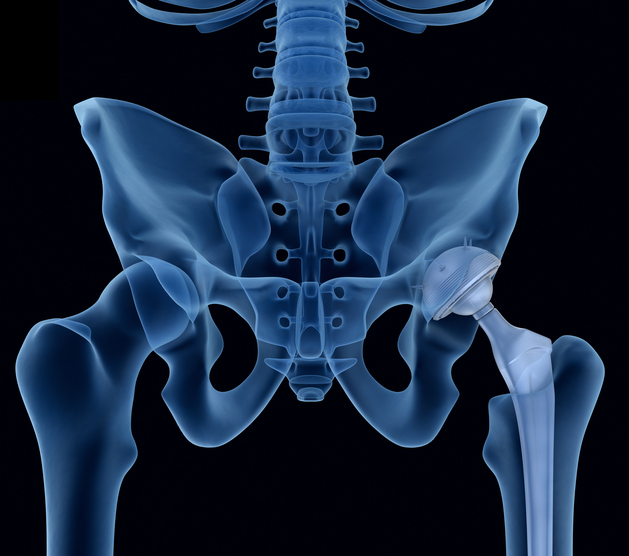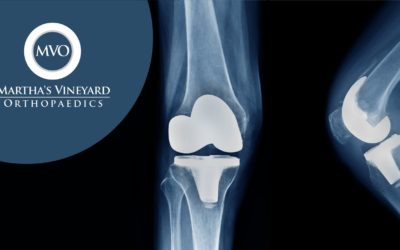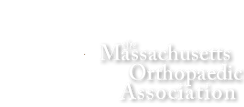Elbow Fractures in Children
Whether your child is an active athlete or just a toddler jumping on the bed, there’s a good possibility that he or she will take a spill at home or on the playing field at some time.
These falls are usually harmless. But, when a child falls on an outstretched arm, the velocity of the fall combined with the pressure of hitting the ground could be enough to fracture, or break, a bone around the elbow. That’s how most elbow fractures in children occur.
These fractures that occur in, or around, the elbow account for about 10% of all fractures in children.
Cause
A child can experience a fracture in several places about the elbow, including:
Above the elbow (supracondylar). The upper arm bone (humerus) breaks slightly above the elbow. These fractures usually occur in children younger than eight years of age. This is the most common elbow fracture, and one of the more serious because it can result in nerve damage and impaired circulation.
At the elbow knob (condylar). This type of fracture occurs through one of the bony knobs (condyles) at the end of the upper arm bone. Most occur through the outer (lateral) knob. These fractures require careful treatment, because they can disrupt both the growth plate (physis) and the joint surface.
At the inside of the elbow tip (epicondylar). At the top of each bony knob is a projection called the epicondyle. Fractures at this point usually occur on the inside (medial) epicondyle in children between 9 and 14 years of age.
Growth plate (Physis). The upper arm bone and both forearm bones have growth plates located near the end of the bone. A fracture that disrupts the growth plate (physis) can result in arrested growth and/or deformity if not treated promptly.
Forearm. An elbow dislocation can break off the head of the radius bone, and excessive force can cause a compression fracture to that bone as well. Fractures of the tip (olecranon) of the other forearm bone (ulna) are rare.
Fracture dislocation. The ulna and the radius make up the bones of the forearm and meet the bones of the hand at the wrist. A fracture of the ulna associated with a dislocation of the top of the radius at the elbow is called a Monteggia fracture. If the dislocation is not seen, and only the fracture is treated, this can lead to permanent impairment of elbow joint function.
Symptoms
Regardless of where the break is, the symptoms of a broken elbow are similar.
- Acute severe pain in the elbow and forearm
- Occasionally the child will complain of numbness in the hand, if nerve injury has occurred
- If your child complains of elbow pain after a fall and refuses to straighten his or her arm, see a doctor immediately.
Diagnosis
After discussing your child’s symptoms and medical history, your doctor will examine your child’s arm.
Around the elbow, there will be
- Tenderness
- Swelling (may be severe or mild)
- Bruising
- Limited movement
- Potentially, the hand may be dusky if the circulation has been affected
During the physical examination, your doctor will check to see whether there is any damage to the nerves or blood vessels.
Tests
X-rays are necessary. They will determine what kind of fracture occurred and whether the bones moved out of place. Because a child’s bones are still forming, your doctor may request x-rays of both arms for comparison.
Treatment
This x-ray shows that the supracondylar humerus fracture has been put into the correct position and held in place with two pins.
Treatment depends on the type of fracture and the degree of displacement. Displacement refers to how far apart the broken ends of the bones are.
Nonsurgical Treatment
If there is little or no displacement, your doctor may immobilize the arm in a cast or splint for 3 to 5 weeks. During this time, another set of x-rays may be needed to determine whether the bones are staying properly aligned.
Surgical Treatment
If the fracture forced the bones out of alignment, your doctor will have to manipulate them back into place. Sometimes, this can be done without surgery, but more often, surgery will be needed. Pins, screws, or wires are used to hold the bones in place.
The child will have to wear a cast for several weeks before the pins are removed. Range of motion exercises can usually begin about a month after surgery.
Prevention
Many of these elbow injuries occur at playgrounds when children are playing on monkey bars. They lose their grip, slip off, and fall onto an outstretched arm. Please refer to the “Playground Safety Guide” article (listed in the Related Topics section) in order to become familiar with preventive measures when using this equipment.
For younger toddlers, falls from lower heights, such as the bed or couch, are often responsible for elbow fractures as the child puts his/her arm out to break the fall. Parents should discourage bouncing on beds or furniture when toddlers are present.
If your child is an active athlete, make sure that he or she wears the proper protective equipment. Elbow guards and pads can help reduce the risk of a fracture about the elbow.






